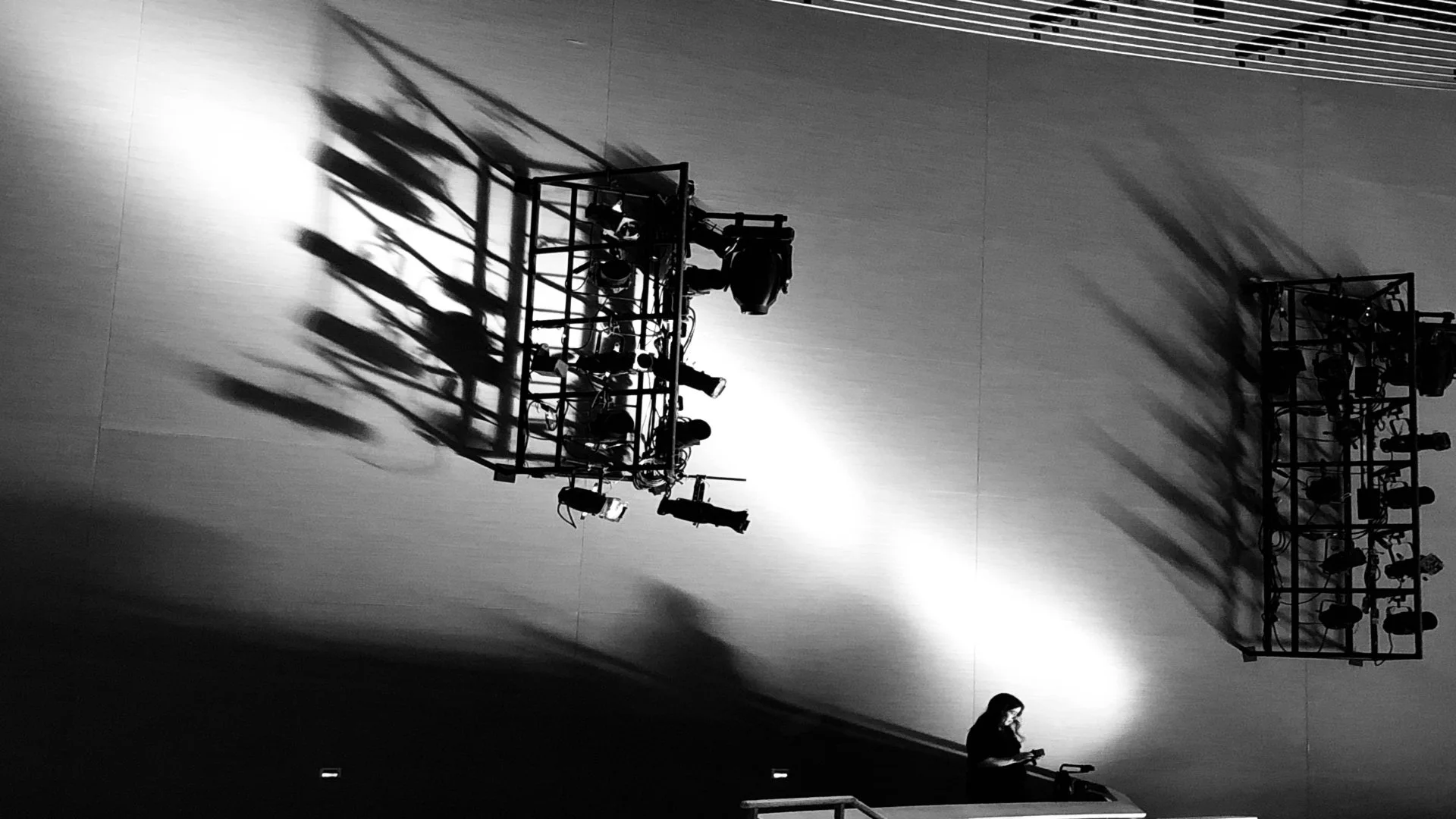Taking Pictures to Understand Lighting - An Exercise
Why should cinematographers take photographs?
First of all, it helps you to identify interesting lighting in a non-pressured way. Most people go through their day not paying attention to the lighting around them. As cinematographers, a lot of our job is to think about lighting. And for some of us, it’s very hard to turn off that switch once you start seeing light differently in everyday life.
To be clear, I’m not talking about lighting on a set. I’m talking about light that we see during a walk in a park, while we’re talking to a friend, while we’re waiting in a line for a restaurant - anywhere and any time really.
That lighting can be from the sun, from a lamp, from the moon. And it can be diffused, bounced, hard, soft, white, green, etc. Our job, in this exercise is three-fold:
Identify interesting and beautiful light
Understand why it is standing out to us
Learn how to replicate this lighting on a set
Step one: Identifying light around us
In a nutshell, just look around. Pay attention to the light in the world you’re seeing. I guarantee once you do this, you’ll be noticing things you’ve never noticed before. It can be on the face of the person you’re talking to, it can be shining on your pet (see some of my examples in the video), it can be in the woods. Take pictures and select your exposure to see what you get. There are no mistakes with this exercise. Only opportunities for learning and growth.
Step two: Understanding the light around us
Now look at your picture. Why do you like the lighting in it? What is the interplay between shadow and light? What are the colors in the photo? Compare it to other “normal” photos you’ve taken. Does it look different? Does it have a different feel? Is there something ‘beautiful’ about the light you’ve captured? Where is it coming from - above, below, from the side? Is it hard light, is it bouncing, is it being softened by coming through something?
Step three: Replicate the light around us
Now for the part that translates to your work as a cinematographer: How can you replicate this type of lighting on a set? If you’ve gone through with step two, you have a better understanding of how different lighting makes different scenes look. Think about the type of scene you want to shoot and ask: Should the light come from above, from below, from the side? Should it be hard light or soft light? If it’s soft light, how do I make my light soft?
Practice, practice, practice with this exercise and make it fun. There’s no pressure to get anything right. And you can only grow from it.
